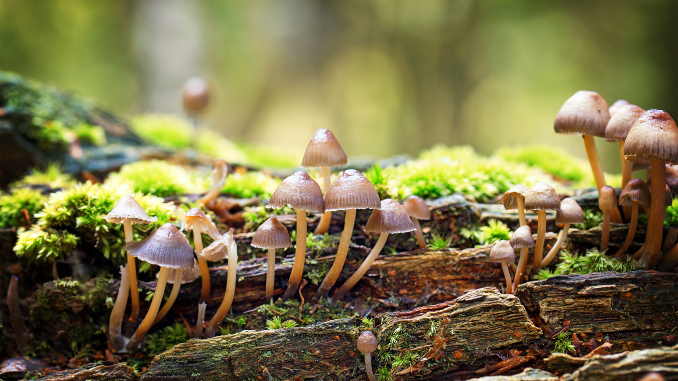
Do fungi have a nucleus? some of the interesting facts
Introduction Do fungi have a nucleus? Yes, it has a prominent nucleus. It is an eukaryotic cell and possesses a nucleus as well as other […]

Introduction Do fungi have a nucleus? Yes, it has a prominent nucleus. It is an eukaryotic cell and possesses a nucleus as well as other […]
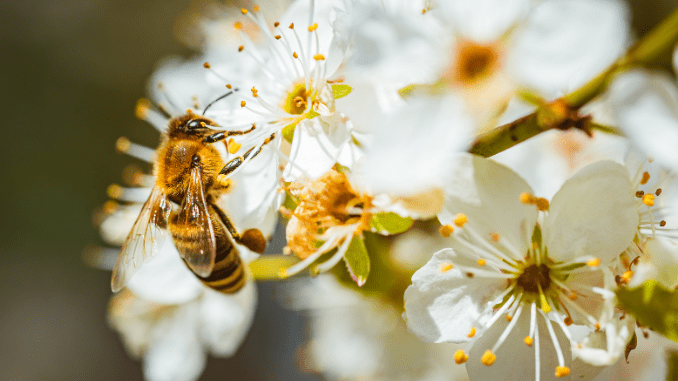
Introduction Pollination is the procedure of transfer of pollen from an anther of a plant to the stigma of the same or the other plant. […]
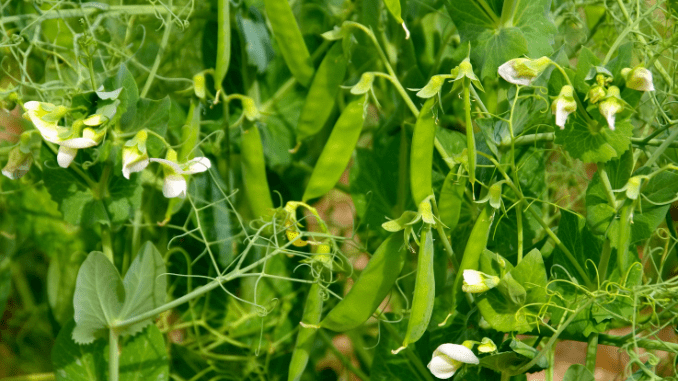
Introduction Gregor Johann Mendel was a 19th-century Austrian abbot who was also a biologist and mathematician. He started his experiments regarding the pattern of inheritance […]
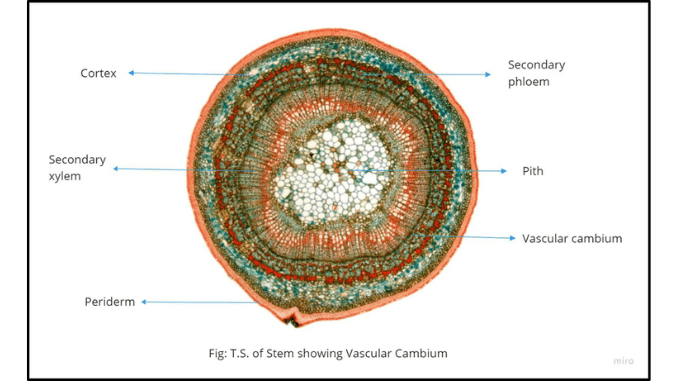
Introduction Vascular cambium is the main form of tissue development in angiosperms and gymnosperms like Pine. The vascular system is composed of the xylem and […]
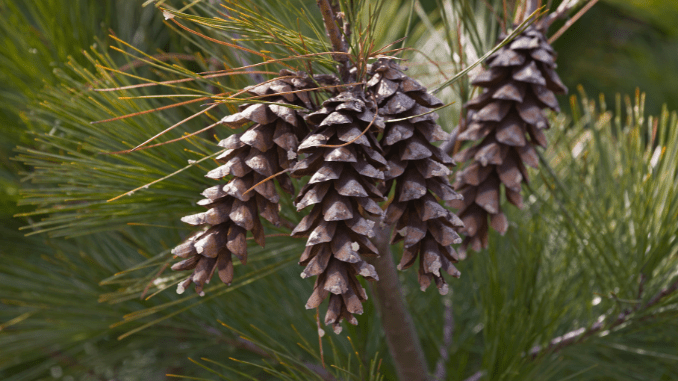
Introduction The gymnosperm (naked seed-bearing vascular plants) ‘Gymnos’ and ‘Sperma’ in Greek means naked and seed. As the name suggests, the ovules remain exposed, both […]
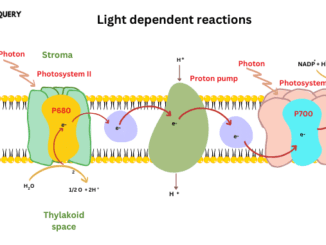
Know in one minute about light-dependent reactions Light-dependent reactions produced ATP and NADP + H, in the presence of light. Take place on the grana […]
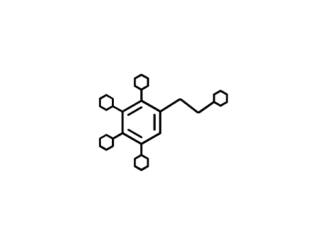
Primary metabolites Primary metabolites like carbohydrates, amino acids, peptides, and proteins can be found in all plants. They are responsible for basic physiological functions. Are […]
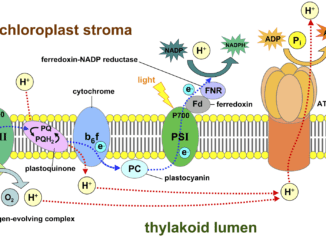
Let us get a better understanding of what is a photosystem and how they are so important for plants and other organisms. show the organisms […]
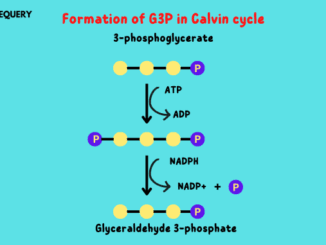
Know in one minute about G3P or Glyceraldehyde – 3 – phosphate G3P is an important intermediate in respiration and photosynthesis. Also called triose phosphate. […]
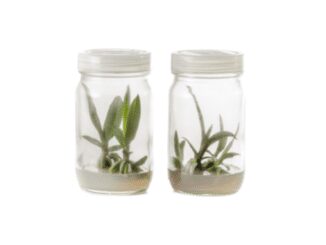
Know in one minute about tissue culture plants Tissue culture plants are obtained by in vitro aseptic culture of cells, tissues, organs, or whole plants […]
Copyright © 2024 | WordPress Theme by MH Themes